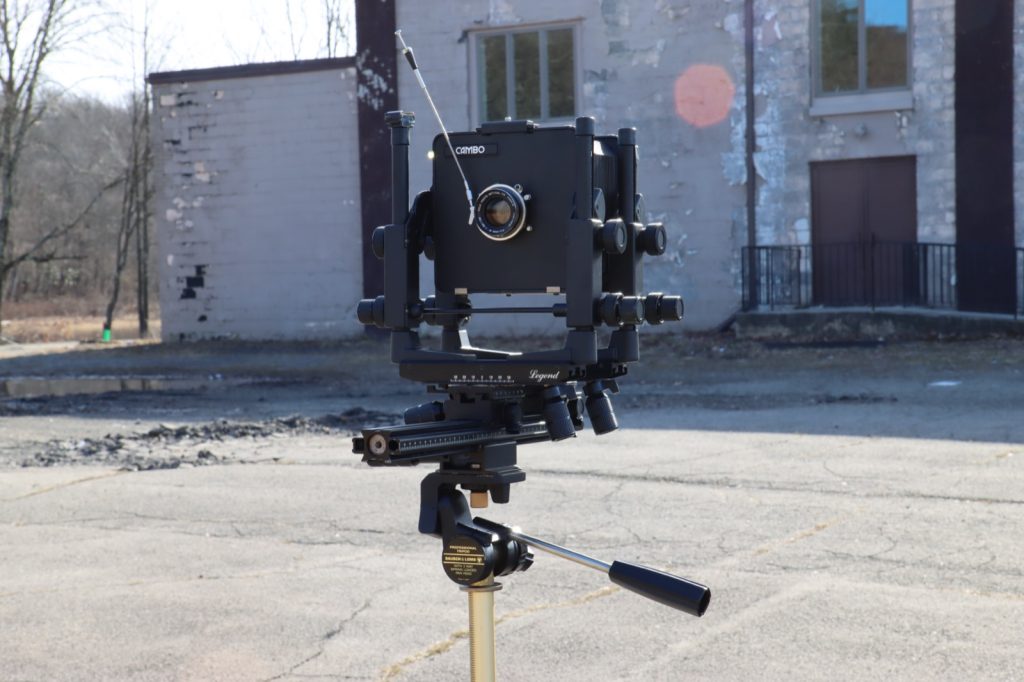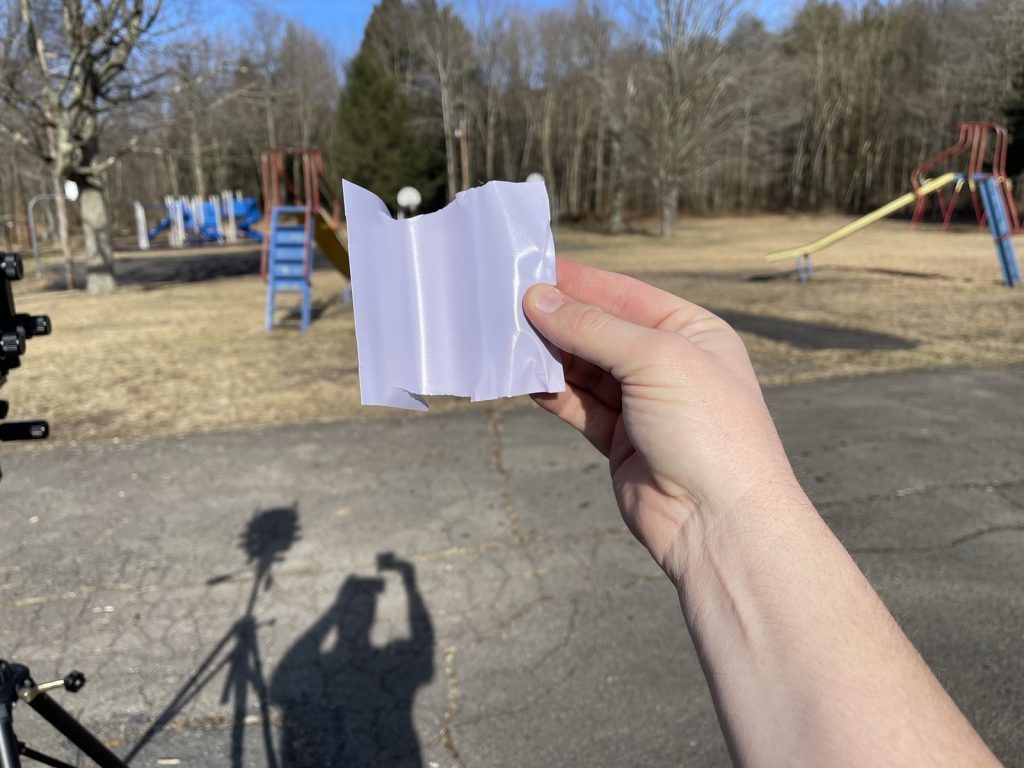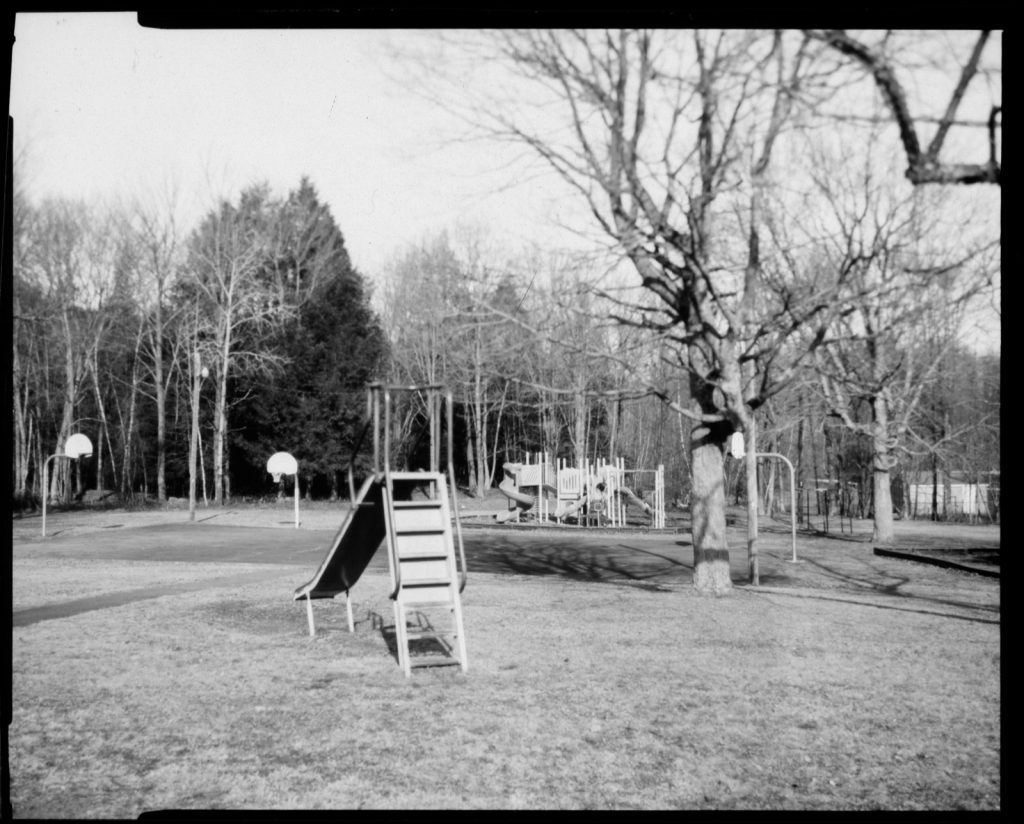This is the first edition of an all-new series of posts and future email newsletter that will be part of a new membership on my personal website.
Diversions is the central hub for news about the membership, behind-the-scenes details of my personal projects, as well as a wide variety of links to people, places, and things that inspire me.
To add the technical membership bits to my website I had to dive back into my Linux administration knowledge — which I consider to be near zero compared to people who do it day-to-day — though I somehow manage. I understand the basics of how everything on “the stack” of the web works. But I will say, it continues to get more and more complex as the web matures. It is hard to believe that nearly 30 years after I published my first bit of HTML online that the basic set of tools required to deliver a webpage looks very much the same.
If you’re subscribed to my RSS feed (you are, right?) you’ll recall that I just recently switched back to WordPress. Well, that proved to be a real advantage when I had the idea to add the membership to my site because there was about 100 ways I could have done it. After looking through a variety of services and plugins I ended up going with a fairly basic membership plugin that gives me just the features I need to get started and keep things simple. For all the hoopla about WordPress lately, it is a powerful tool when wielded deftly.
The plugin has just the right amount of knobs and gears for my liking. It is open source (as all WordPress plugins are) and that means I’m able to customize it and I can continue to develop on top of it should the authors decide to abandon it. I wish more online tools came with this freedom.
I ran into a snag, though, when one of the features of the plugin required a specific version of one small tool in the stack. The version I had installed was both not running and out-of-date on the Digital Ocean Droplet that I use to run all of my personal websites. So I put my headlamp on, grabbed some extra rope, and went spelunking to see if I could upgrade the tool and enable it without the cave walls falling in on me.
Server administration seems to be an annual event for me which means I end up forgetting where things are. Where are my error logs again? What specific command line incantation should I use to install this module for Apache to use? How many versions of PHP am I running on the server? Why am I running so many of them? So I’ve begun to keep notes about my server configuration. I know, amazing idea, right? I’ve jotted down some basic things to help me get back up-to-speed more quickly the next time I need to get to the bottom of some seldom thought about part of my technology stack. A year from now I’ll thank my past self.
I’m always reminded of this XKCD comic when I think about all of the various bits and bobs that make the web work.

Look at this monstrosity. I have no business owning this camera. As of this week I can add “large format photographer” to my bio and I couldn’t be more happy/frightened about it.
When I began to seriously pursue film photography in late-2019 I knew right away I wanted to acquire what I now call my set of “forever cameras”. I’ve been slowly buying a film camera at each size which I hope to own and use for the rest of my life. I’ve got a 35mm camera that was given to me by my brother-in-law – the Canon AE-1 Program. It isn’t the best SLR film camera, and it isn’t the sexiest, but it is the one I hope to have the rest of my life. It means something to me. For medium format I’ve settled on the Mamiya 645 Pro TL, an excellent camera and a format that affords a few more shots per roll than the larger 6×6 or 6×7 medium format cameras. I really my Mamiya and I hope I can keep it working forever.
And now, I own a large format camera. The Cambo 4×5″ view camera. It is some sort of hodgepodge I think. I need to do more research to see exactly which parts I have here. You see, I saw a deal on Facebook Marketplace that I couldn’t pass up. The camera body came with the mount, a few lens boards, multiple ground glass options, 5 film holders in perfect condition, and a Fuji 50mm f/5.6 lens that is definitely serviceable until I can figure out which lenses I’d prefer to have with this camera. So I jumped at the chance to own my first large format camera.
Will this camera be my forever large format camera? I’m not sure. It is super heavy. It is much better suited as a studio camera and I don’t know that I’ll ever be much of a studio photographer. I prefer to make environmental portraits and to document very outdoor things. However, I’m still fairly young and strong so perhaps I won’t mind lugging around this kit for a while as I learn.
I picked up the camera on a Thursday evening so naturally I was out in the field Friday afternoon shooting and in the darkroom at 4:30am Saturday morning developing negatives. I have some work travel coming up this week and I knew I wanted to get a session with this camera before I left.
To get my feet wet in large format photography I did the same thing I did when I first started in film photography – cut some paper negatives. It is an inexpensive, low stakes way to test out your camera equipment, learn a new piece of gear, and get quick results to iterate and learn. For those interested, here are some of my first experiments with paper negatives.
My first paper negative didn’t turn out so well.

After exposing my first paper negative I was sliding the dark slide back into the film holder and I could tell it had caught the paper negative. I tried many, many times to get the dark slide in without damaging the negative but, after several minutes, I gave up and the above is the result of my frustrations. My first thought was that I needed to be taught some humility by this new camera. It worked.
Here is a reversal scan of the second paper negative I took with the same exposure settings as the first exposure.

I’m very happy with this result. It was an extremely bright day (which is good for paper negatives since their light sensitivity is so low) but that made it fairly difficult to see my focal plane on the ground glass. Especially since I don’t yet have a proper dark cloth to shield the ground glass from the light.
The above image is being added to a work-in-progress photo project I’ve been slowly working on called Where I. The small park in the above image was where I had recess at school for many years, learned to play basketball, stuck my tongue to a metal pole, etc. I had started this series with a few digital images, now I’ve taken a few with paper negatives, and I now feel prepared to go back and capture some on film using the Mamiya and the Cambo.
How will I continue to use this heavy, large, bear of a camera? Stay tuned. I have plans.
Remember photographer’s websites? They still exist. You don’t need to browse a photographer’s portfolio or a photo series on Instagram. In fact, if you see an image you like from a photographer on Instagram I recommend you stop looking at it on your phone immediately, find their website on your computer with a big display, and look at the images there instead.
Here are a few things I’ve seen recently that I hope you enjoy:
- Milwaukee Avenue by Anne Lass – An exploration is a specific route from downtown to the suburbs of Chicago.
- Tyler Mitchell’s new website – So often when I visit a photographer’s website I have a hard time figuring out how to navigate it. I don’t think photographer’s should get cute with their website. Just show your work. And Tyler’s new website does exactly that.
- Audio: Nick Carver on The Candid Frame (1hr 10min) – I’ve been following Nick Carver on Youtube for a long time and I enjoyed this conversation with Ibarionex Perello on The Candid Frame podcast.
I hope you enjoyed this first edition of Diversions. Stay subscribed. Leave a comment (the ability to comment is members only). And please send me any feedback to colin at cdevroe dot com.
Comments
2 responses to “Diversions #1: I have no business owning this camera”
I don’t know much about cameras and film and whatnot, but I’m always excited to see someone take the plunge and start a membership to enable people to support their work. Plus, we’ve got a big overlap on interests otherwise, especially on the web/tech side of things. I now also know we’re circa equals in server management 😂
Good luck with the membership programme, and looking forward to future posts!
Thank you so much Lars-Christian. I’ve been subscribed to your site for a little while now and I’m really happy to have you as a member here. I’m sure my topics of interest will meander enough to be interesting! 🙂 Thank you again.